- Joined
- Aug 15, 2000
- Messages
- 19,139
Rhino I think it should be clear to you that the stone that started the other thread may not be called H&A''s by anyone who chooses to adehre to accepted standards.
But I have no doubt thet it is a beautiful diamond, just as many diamonds are that do not even have top symmetry.
You could go your own way and say that this is a GOG standard h&A''s.
You could do studies and surveys etc to prove that it is better than a sub 80% lg depth H&A''s as recognised by the rest of the world.
And everyone here who believes H&A''s have some special optical attributes should prove that too.
Till then I look on with mild amusement at this debate, and hope with fingers crossed that someone will indeed do something to prove their arguements are valid.
But I have no doubt thet it is a beautiful diamond, just as many diamonds are that do not even have top symmetry.
You could go your own way and say that this is a GOG standard h&A''s.
You could do studies and surveys etc to prove that it is better than a sub 80% lg depth H&A''s as recognised by the rest of the world.
And everyone here who believes H&A''s have some special optical attributes should prove that too.
Till then I look on with mild amusement at this debate, and hope with fingers crossed that someone will indeed do something to prove their arguements are valid.

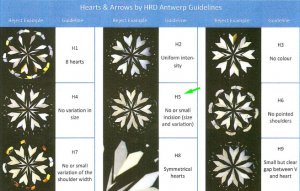

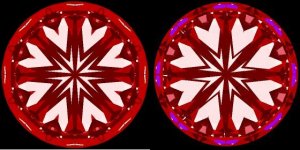


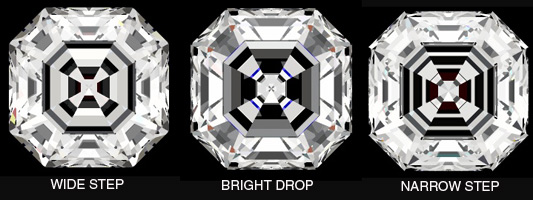
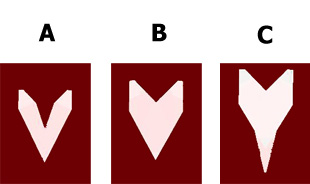

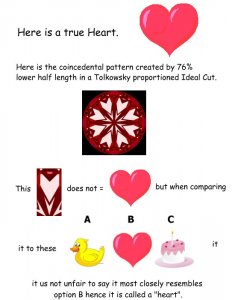
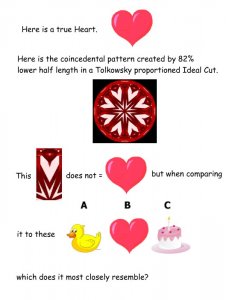







300x240.png)